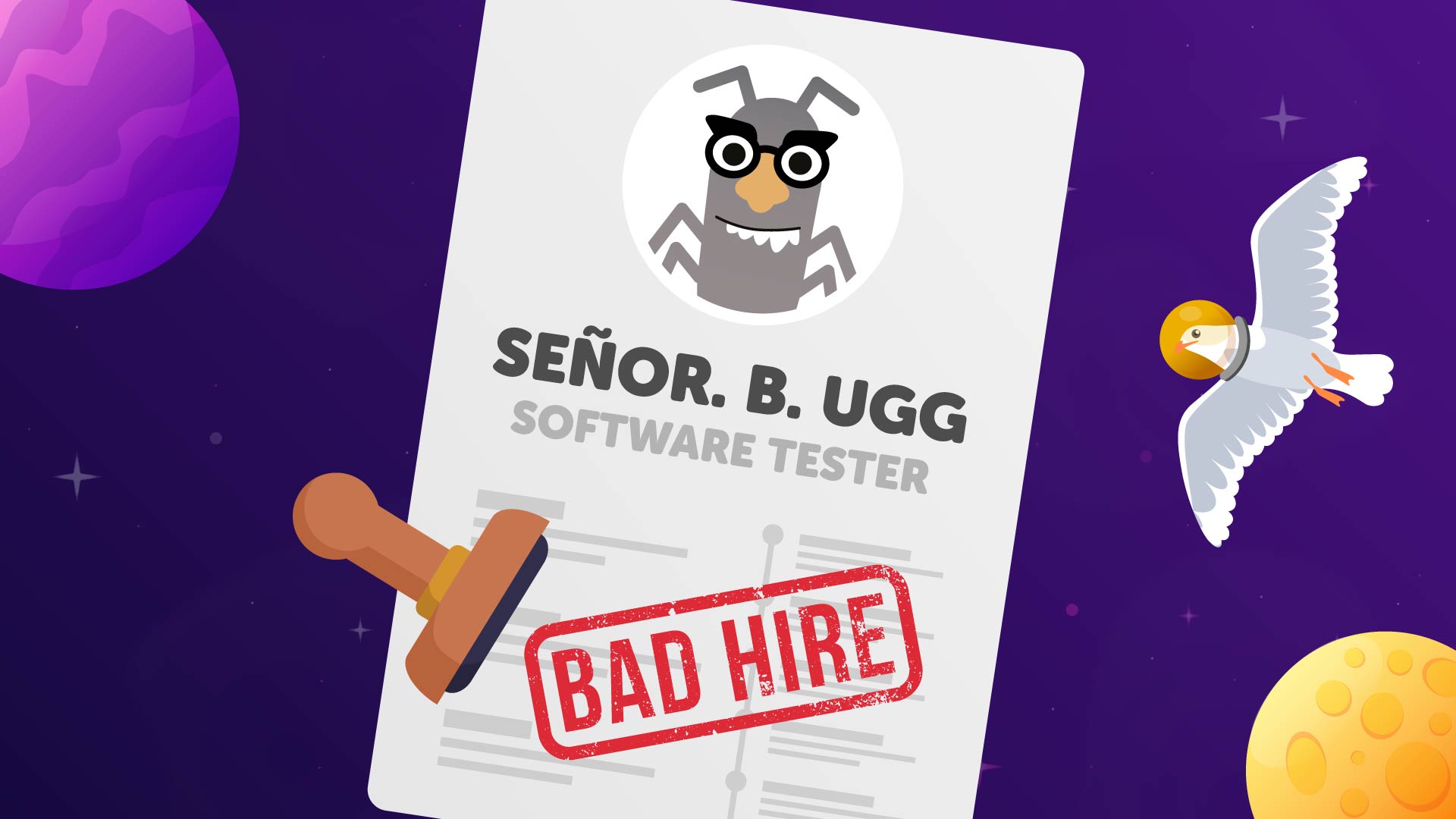
How we built our Embedded World Demo on Rust for QNX
At Embedded World 2023, Ferrous Systems had a joint booth with AdaCore, to talk about our new joint-venture: Ferrocene. Ferrocene is a qualified toolchain for building safety-critical systems in Rust.
Florian noted that our booth was next to the Blackberry/QNX booth, and that “we should do a demo using QNX Neutrino”, the POSIX-compatible real-time operating system that’s popular with our target audience in the automotive sector. That’s pretty much all we had to go on.
The first step was getting access to QNX and working out what kind of graphics support it had. We had some licences available internally, so I installed the QNX Software Center, which is a desktop GUI application, and used that to install the latest QNX Software Development Platform (SDP) 7.1. Using this, I was able to build some sample applications and look at the qnxscreen API for drawing on the screen.
Next I needed some hardware. I called in a favour, and the next day I had two 8 GiB Raspberry Pi 4 units on my desk. We also had a Renesas R-Car H3 development kit, but that was with my colleague in Berlin. The Renesas hardware is typically what you might build an automotive dash-cluster display with, but apparently QNX had a Board Support Package for the Pi 4, and it should all be portable, right?















